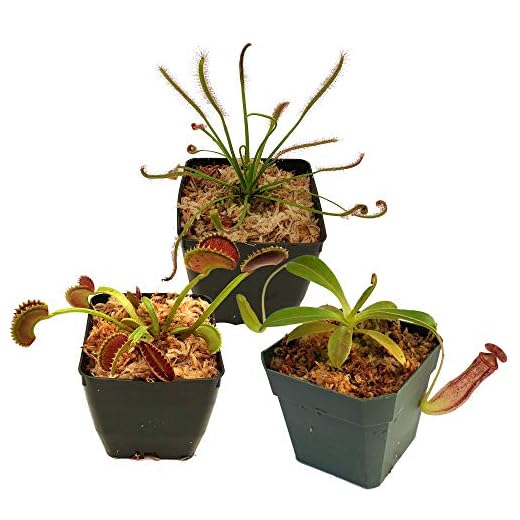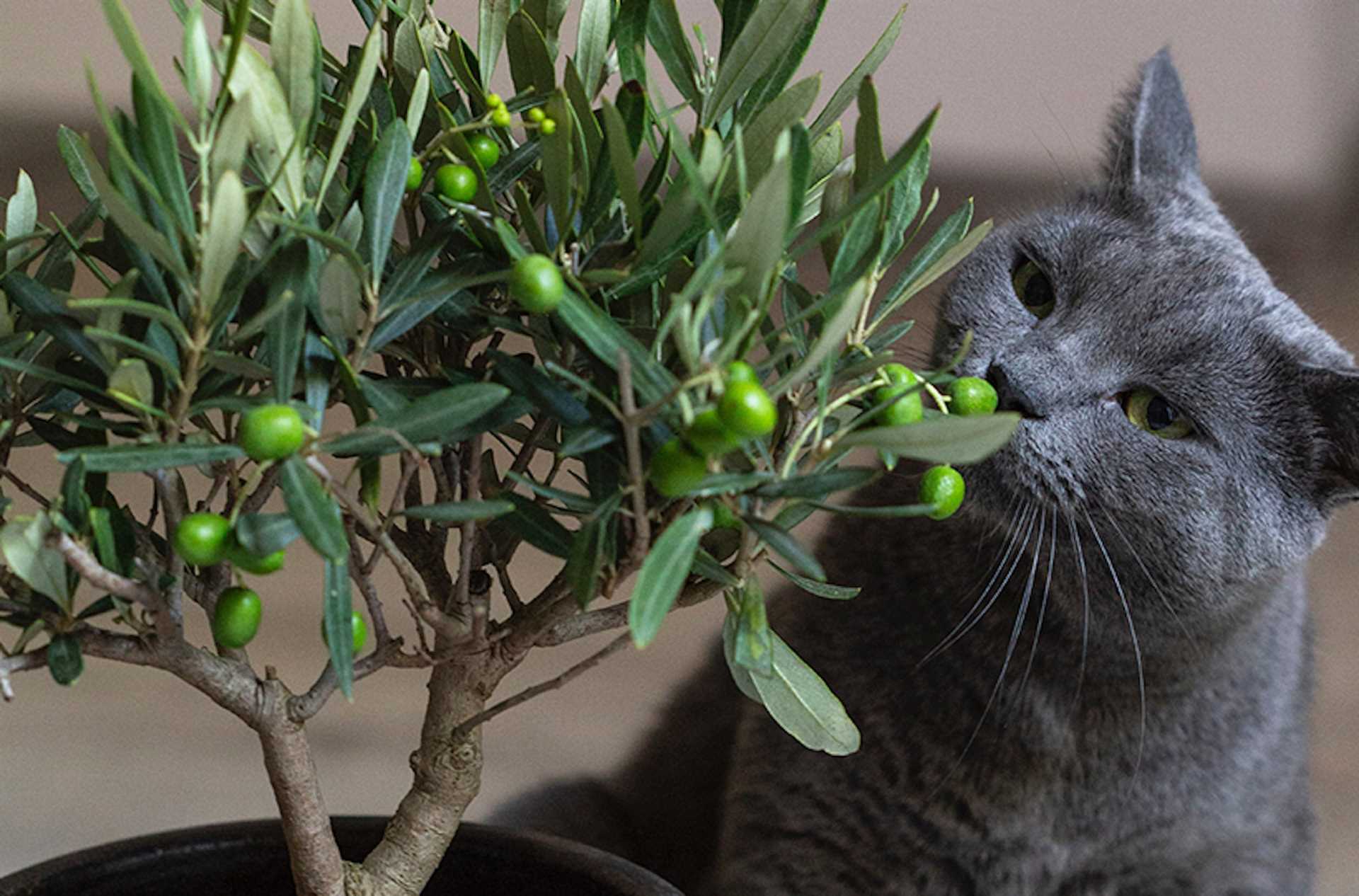



As a Scottish Fold with a penchant for exploring the world around me, I’ve come across a fascinating plant that many humans adore. This intriguing specimen, known for its unique trapping mechanism, poses a question for pet owners: is it safe for our furry companions? The good news is that these particular plants are not harmful to us. They don’t contain any substances that would cause distress or illness if nibbled on by a curious kitty.
However, just because these green wonders aren’t harmful doesn’t mean they should be the main course. While they won’t poison me or my feline friends, ingesting any non-food plant can lead to mild gastrointestinal discomfort. So, if you’re a human with one of these plants, it’s best to keep it out of reach, just to ensure that we don’t munch on it out of sheer curiosity.
In conclusion, while the plant in question won’t harm me, it’s always a smart idea to monitor what we cats get into. After all, some plants can be truly dangerous. Keeping a watchful eye helps ensure that our adventures remain safe and enjoyable.
Are Venus Flytraps Safe for Feline Friends?
Not harmful. These plants won’t poison me or my furry buddies. They are generally safe for us felines if we happen to nibble on them. However, some caution is advised.
While munching on these carnivorous plants isn’t risky, it can lead to mild stomach upset. Symptoms may include drooling, vomiting, or a bit of diarrhea. If something like this happens, it’s wise for your human to consult a vet.
| Potential Symptoms | Recommended Action |
|---|---|
| Drooling | Monitor for a few hours |
| Vomiting | Contact a veterinarian |
| Diarrhea | Keep an eye on hydration |
Always best to keep a close watch on what I munch on. Humans should ensure that I don’t have access to anything that can cause discomfort or distress, even if it’s not outright dangerous.
Understanding the Plant Characteristics
These fascinating green beings can grow up to 5-6 inches in height and boast a unique rosette shape. Their specialized leaves form traps that close when prey, usually insects, come into contact with the sensitive hairs inside. This adaptation allows them to thrive in nutrient-poor environments by supplementing their diet with captured insects.
The traps are bright green, often tinged with red, which attracts unsuspecting insects. Each trap can open and close several times before it becomes ineffective. The lifespan of a trap can vary, but they typically last for about 3-4 meals. After a few captures, the trap will eventually die off, making way for new growth.
These plants thrive in specific conditions: bright light, high humidity, and moist, acidic soil. They require distilled or rainwater, as tap water can harm them. It’s essential to provide them with the right environment to ensure they flourish and remain healthy.
In terms of reproduction, they can produce flowers, but it’s crucial to note that flowering diverts energy from the traps, potentially weakening the plant. Therefore, many choose to remove flower stalks to promote stronger growth.
These intriguing plants are not just unique in their feeding habits but also offer a glimpse into the diversity of nature’s adaptations. Understanding their characteristics is key to ensuring they thrive in cultivation.
What Chemicals Are Present in Venus Flytraps?
In my exploration of these fascinating plants, I’ve discovered that they contain several interesting compounds. The primary chemicals include digestive enzymes such as proteases, which break down proteins in their prey, mainly insects. This helps them absorb nutrients effectively.
Additionally, they produce alkaloids, which serve various functions, including deterring herbivores and pathogens. These compounds might create a bitter taste, discouraging animals from munching on them.
Digestive Enzymes
Enzymes like pepsin and bromelain play a significant role in the digestion process. After trapping their meals, these plants secrete these enzymes to decompose the soft tissues of their victims, allowing absorption of vital nutrients.
Alkaloids
Alkaloids such as nicotine-like compounds can also be found. While these might not be harmful to larger animals, they can have mild effects on smaller creatures. Such compounds contribute to the plant’s defense strategy, ensuring it thrives in its natural habitat.
Signs of Poisoning in Felines After Ingestion
If I ever munch on something harmful, my humans should watch for specific symptoms. These can include drooling, vomiting, and diarrhea. Lethargy is another sign; I might lose my usual playful energy and prefer napping instead.
Changes in my appetite could occur, either I won’t want to eat at all, or I’ll suddenly crave food more than usual. My humans should also keep an eye on my behavior. If I become unusually restless or show signs of distress, it’s a signal something is wrong.
Look for any unusual noises, like coughing or wheezing, which could indicate respiratory issues. If my heart starts racing or I seem uncoordinated, that’s another reason for concern. My humans need to act quickly if they notice these signs and reach out to a veterinarian for advice.
Comparing Venus Flytraps to Other Common Houseplants
In my experience, some household greens can pose risks to furry friends, while others are perfectly safe. The unique characteristics of the carnivorous plant I’m discussing might set it apart from typical houseplants. Unlike most indoor flora, which are generally harmless, this particular species has specialized mechanisms for trapping and digesting insects.
Many common houseplants, such as pothos and philodendrons, contain calcium oxalate crystals, which can cause oral irritation and discomfort if ingested. In contrast, this carnivorous variety does not have these harmful compounds but instead relies on its unique structure to catch its prey. This means that while one may cause irritation, the other is less likely to do so, although caution is still advised.
Safety of Other Houseplants
When comparing the aforementioned species to the carnivorous plant, it’s crucial to consider the safety profile of popular options. For example, spider plants and Boston ferns are generally recognized as safe for pets, making them ideal choices for homes with curious companions. These plants not only enhance indoor air quality but also pose no significant risk to inquisitive noses.
For those looking to maintain a pet-friendly environment, I recommend carefully researching each plant before introducing it to your space. A great resource for pet owners is to consider options like litter for cats with uti, which emphasizes the importance of creating a safe and comfortable environment for our beloved companions.
Conclusion
While the carnivorous plant may not be the most dangerous option available, it’s still wise to keep an eye on curious pets. Understanding the differences between various houseplants can help ensure a safe living space for both plants and pets alike.
How to Safely Keep Venus Flytraps Around Cats
To ensure a safe environment with these fascinating plants, follow these guidelines:
- Place the plants out of reach. Position them on high shelves or in hanging planters to prevent accidental contact.
- Monitor interactions. If I’m curious, you should supervise my time around the plants to prevent any nibbling.
- Choose non-toxic alternatives. If you want to add greenery, consider other safe options that are less likely to cause issues.
- Educate visitors. Inform anyone who comes to your home about the presence of these plants and the importance of keeping them away from me.
- Regular health checks. Keep an eye on me for any signs of distress or unusual behavior, especially if I’m near the plants.
If you need to secure your yard for my safety, check out this link on how does the wireless dog fence work.
Maintaining a safe space means you can enjoy the beauty of these plants without worry. Remember, it’s all about keeping me healthy and happy!
What to Do If Your Cat Eats a Venus Flytrap
If I ever munch on one of those green traps, the first step is to stay calm. Panicking won’t help. Immediately check for any signs of distress. Look for drooling, vomiting, or unusual behavior. If anything seems off, it’s best to contact a vet right away.
Gather information about the plant. If you can, take a piece of it with you to the appointment. This can help the vet determine the best course of action based on what I might have ingested.
Monitor my condition closely for the next few hours. If I start showing signs of discomfort, like lethargy or loss of appetite, make sure to reach out to a professional as soon as possible. They may recommend inducing vomiting or other treatments, depending on how much of the plant I ate.
Don’t attempt to treat me at home without consulting a vet first. Some remedies might do more harm than good. Always prioritize my health and well-being by seeking expert advice.
After the incident, consider removing any similar plants from the house to prevent future mishaps. Safety first! It’s better to stick to cat-friendly greenery for your home decor.








